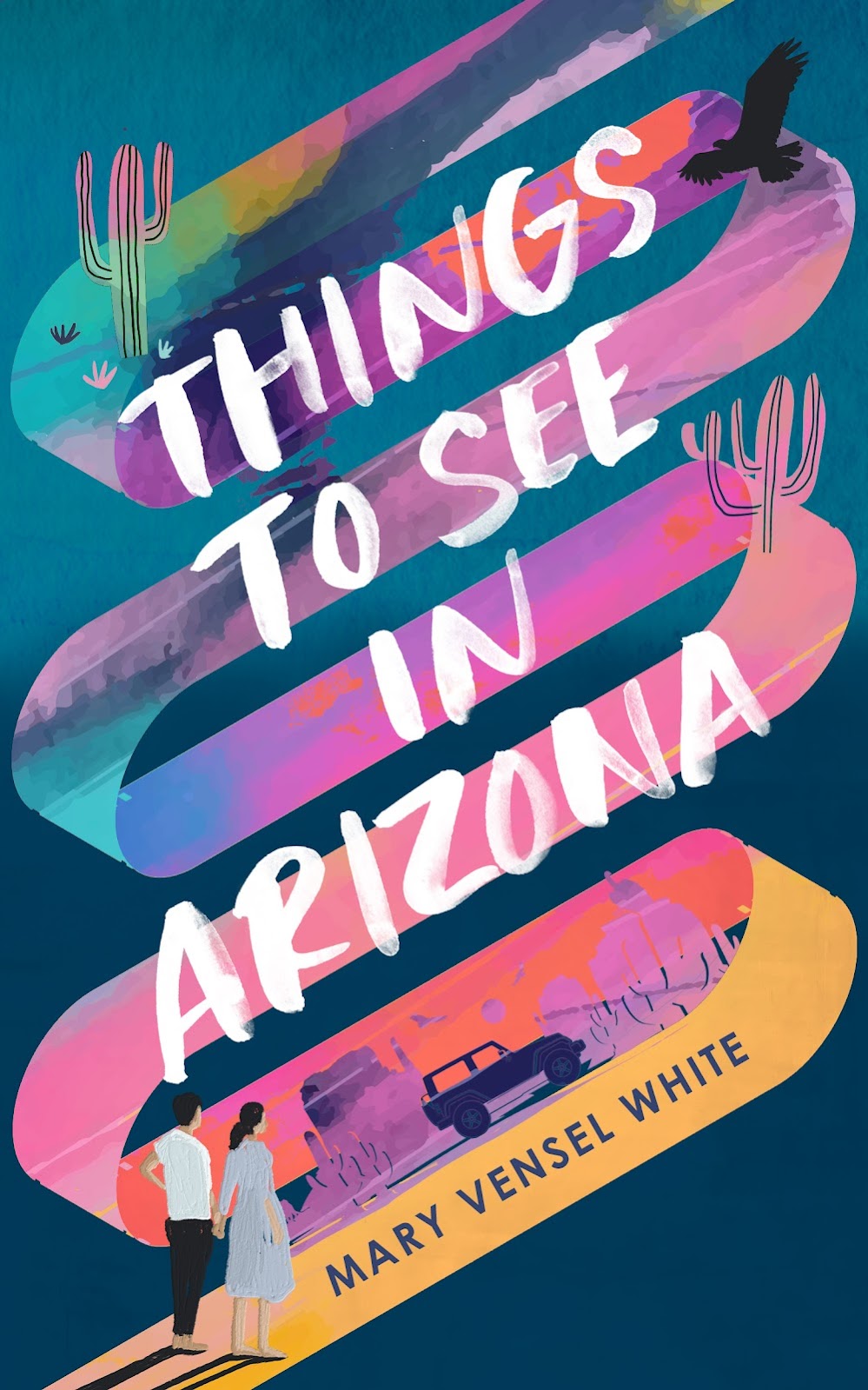For those of you following our adventures via social media, you know that my son Teagan and I just returned from a mini-vacation to Austin Texas Texas : the settling of the vast land, its brief period as a sovereign nation, the Alamo, the annexation into the United States (recast as Texas
And it reminded me of novels. This is what we hope for as writers, that our readers will feel as though they have stepped right into a story, become immersed in it. We have only to set up the symbols to jog memory, to light the path with reminders. Metaphor, theme, trope: these are our signposts. Wherever you go within the novel, it all leads back to the same place, the central story, and it’s the shared imagination that gives it lasting power.













